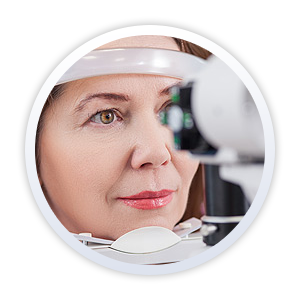What is a chalazion?
The term chalazion refers to a small lump with chronic inflammation in the eyelid. A gradual enlargement can be felt near the margin of the lid due to swelling in one of the eyelid glands, called the meibomian gland. It forms when the gland opening becomes clogged with oil secretions. A chalazion is not an infection from bacteria and is not cancerous.
What is the difference between a chalazion and a stye?
Sometimes a chalazion is confused with a stye, which is an infected eyelash follicle. A stye is a red, sore lump near the edge of the eyelid. Initially a chalazion may resemble a stye, but it will usually grow larger. Chalazia also usually develop farther from the edge of the eyelid than styes.
How is a chalazion treated?
If a chalazion is small and without symptoms, it may disappear on its own. More often, it remains, and with increased size may cause blurred vision.
Warm compresses help to clear the clogged gland. Soak a clean washcloth and apply the compress to the lid for 10-15 minutes three to four times a day. Antibiotic ointments may be prescribed if bacteria infect the chalazion. Steroid injections are sometimes used to reduce inflammation of a chalazion. Surgical removal is sometimes required if a large chalazion does not respond to other treatments and/or affects vision. Your ophthalmologist may drain the chalazion surgically. This procedure is usually performed under local anesthesia in your ophthalmologist office.
Will a chalazion come back?
A chalazion usually responds well to treatment, but some people are prone to recurrences. If a chalazion recurs in the same place, your ophthalmologist may suggest a biopsy to rule out more serious problems.





